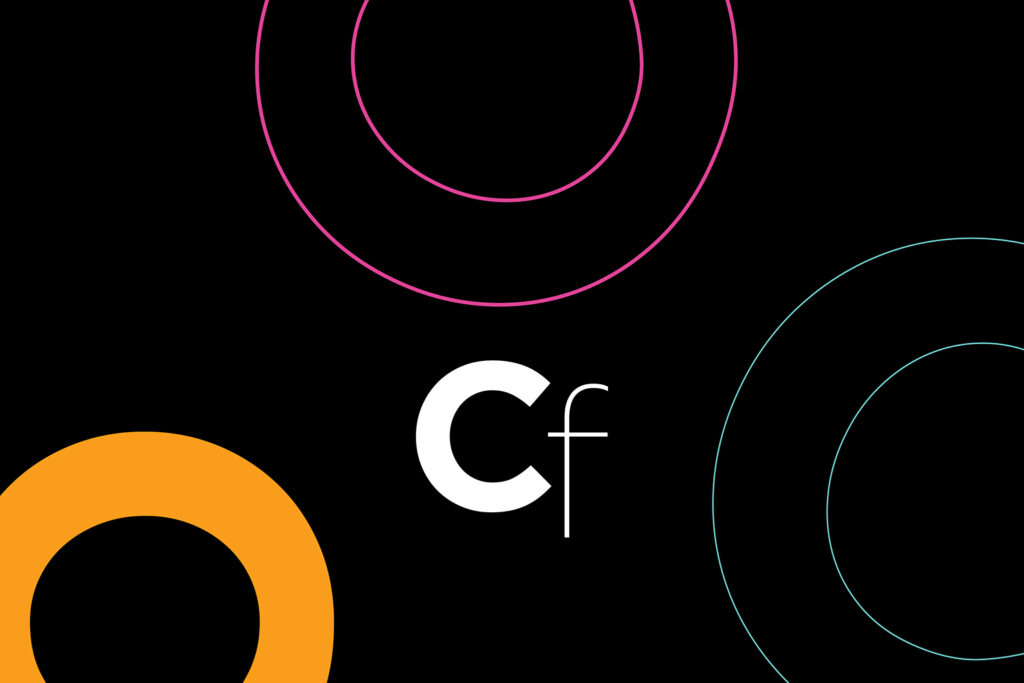The Getty Launches Global Art and Sustainability Fellowship Program

On Wednesday, the Getty announced that it is launching a new initiative to further sustainability efforts within the art and cultural sectors.
The Getty Global Art and Sustainability Fellows program will support early-career professionals and visual artists focused on climate resiliency. As part of this program, the Getty will support 15 cultural and scientific organizations across six continents for a two-year cycle.
“Getty is launching this initiative amongst global concern about climate threats and the need for practical solutions, and we continue to believe that the arts can play an unorthodox but compelling role in this conversation,” Katherine Fleming, president and CEO of the J. Paul Getty Trust, said in a statement. “This is just one part of a much larger, holistic approach by Getty around sustainability, which includes its physical locations, its many global projects, and major regional collaborations like PST ART: Art & Science Collide.”
Participating organizations include the Academy of Athens in Greece, the Bibliothèque nationale de France, Guggenheim Bilbao in Spain, James Cook University in Australia, Museu Paraense Emílio Goeldi in Brazil, Rochester Institute of Technology in the United States, Singapore Art Museum with the National Gallery Singapore, University College London’s Institute for Sustainable Heritage, and the Photosynthesis networked artist residency program at Denniston Hill in the United States, LUMA Arles in France, Pivô in Brazil, Srihatta in Bangladesh, Tate St Ives in the United Kingdom, and The Mothership in Morocco.
“These partners were chosen for their abilities to advance the field at this intersection with sustainability, and we anticipate that their efforts as part of this program will contribute leadership and changemaking in this area,” said Camille Kirk, sustainability director at Getty, in a statement.
There, Getty Global Fellows will identify critical priorities for the sustainable management of heritage resources, apply new scientific advancements at these cultural institutions, and communicate to the broader public specific climate and biodiversity crises. They will work to preserve collections and sites threatened by climate change through technical investigations and planning.
An additional aim includes raising awareness around climate resilience through artist residencies, public art, and disseminating information on climate action.
The fellows are drawn from a range of disciplines, including higher education, museums and galleries, libraries and archives, cultural heritage management, and visual arts. Each will be placed for a minimum of two years, with organizations hosting a maximum of three consecutive fellows.
The projects they will be working on, for example, range from mathematical modeling of the effects of different environmental scenarios on artifacts at the Bibliothèque nationale to expanding the Climate Vulnerability Index (CVI) assessment tool on World Heritage properties and other sites.
“We urgently need more qualified professionals in heritage sustainability, so our first Getty Global Fellow will focus on expanding training to accelerate CVI implementation in high-needs areas around the world,” Scott Heron, professor of physics at James Cook University who co-developed the CVI and is the UNESCO Chair on Climate Change Vulnerability of Natural and Cultural Heritage, explained in a statement.
“We’re also collaborating with First Nations people to tailor the CVI approach to the perspectives of Indigenous groups. The land and sea Country of many peoples are in zones of elevated risk,” he added. So far, the CVI has already been implemented across 19 UNESCO sites.
The global climate continues to shift amid ongoing disasters, such as the hurricane in Asheville and the Los Angeles wildfires, more often than not with devastating consequences.
The Getty itself has taken immense precautions, which left the estate largely unscathed during last year’s fires in LA. Despite this preparedness, the institution has been quick to recognize that it, too, is not immune to the results of rapid climate change, even going to far as to cash in $500 million in bonds to further increase protection against future natural disasters.
As such, the Getty’s latest initiative marks another step towards more far-reaching sustainability efforts that stand to have lasting global impacts among some of the world’s most prominent cultural institutions.


